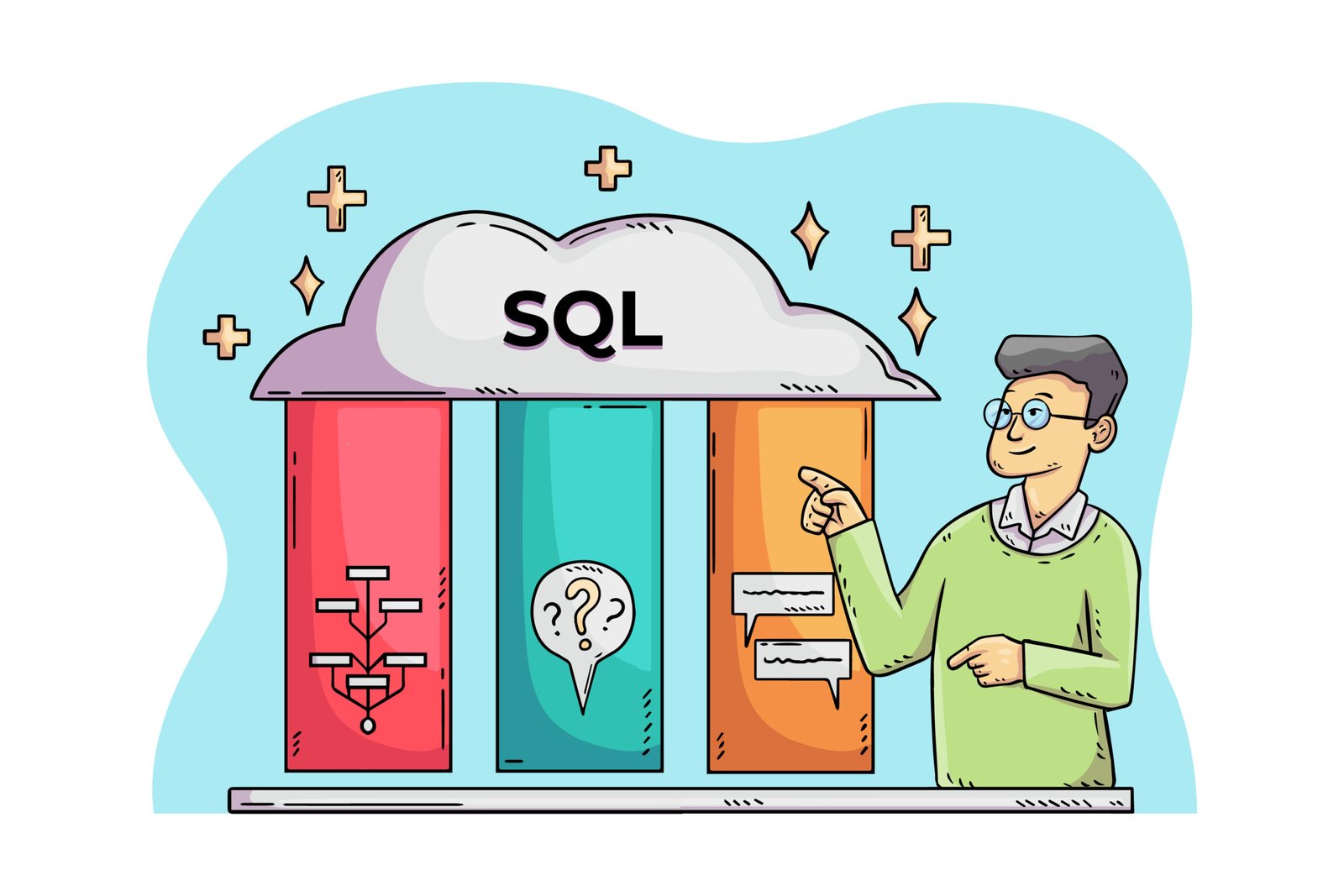SQL Server Integration Services (SSIS) is a powerful feature of Microsoft SQL Server, designed to simplify the process of data integration and transformation. If you are working in data management or business intelligence, understanding SSIS is essential. This guide explores everything you need to know about SSIS, from its features and applications to advanced tips for maximizing its capabilities.
What is SQL Server Integration Services (SSIS)?
SQL Server Integration Services (SSIS) is a platform for extracting, transforming, and loading data (ETL). It is used to automate workflows for data migration and integration from various sources to a destination. SSIS is part of Microsoft SQL Server, making it a native solution for handling large-scale data transformation tasks.
Key Features of SSIS
- ETL Capability
SSIS excels in extracting data from multiple sources, transforming it into the required format, and loading it into a destination database or data warehouse. - Integration with Various Data Sources
With SSIS, you can connect to diverse data sources, including relational databases, flat files, Excel, and even cloud services. - Data Cleansing
SSIS offers robust tools to clean and validate data, ensuring consistency and reliability. - Task Automation
Automating repetitive tasks, such as data backups and updates, is straightforward with SSIS. - Error Handling
Built-in error-handling features make it easy to troubleshoot and manage data processing errors.
Why Use SSIS?
Organizations of all sizes rely on SSIS for its ability to handle complex data workflows. Here’s why SSIS is a preferred choice:
- Scalability: Handle both small and enterprise-scale projects.
- Efficiency: Reduce manual effort by automating time-consuming tasks.
- Flexibility: Work with structured and unstructured data from a wide range of sources.
- Performance: Optimize data processing for speed and accuracy.
SSIS Architecture Overview
Understanding the architecture of SSIS is key to leveraging its full potential. The SSIS architecture consists of the following components:
- Control Flow
The control flow manages the workflow, including the execution order of tasks. - Data Flow
This is where data is extracted, transformed, and loaded. The data flow includes sources, transformations, and destinations. - Connection Managers
Connection managers handle the connections to different data sources and destinations. - Event Handlers
Event handlers allow developers to define actions in response to events during the package execution. - Package
An SSIS package is a collection of tasks, workflows, and configurations that define a complete ETL process.
How to Get Started with SSIS
1. Install SSIS
SSIS comes with SQL Server Data Tools (SSDT). To begin, download and install SSDT, ensuring it is compatible with your SQL Server version.
2. Familiarize Yourself with SSIS Tools
The SSIS Designer within SSDT is the primary interface for creating and managing packages. Familiarize yourself with its panes, including:
- Control Flow
- Data Flow
- Solution Explorer
3. Build Your First Package
Create a new project in SSDT, define your ETL workflow, and execute the package. Start with simple tasks like importing data from an Excel file.
Best Practices for Using SSIS
- Plan Your Workflow
Design your package structure before implementing it to avoid rework. - Optimize Data Flow
Use data flow transformations like Lookup and Conditional Split wisely to minimize resource usage. - Use Variables and Parameters
Simplify package management by defining variables and parameters for dynamic configurations. - Implement Logging
Enable logging to track package execution and troubleshoot issues effectively. - Secure Sensitive Data
Use encryption and SSIS’s built-in security features to protect sensitive information.
Common SSIS Tasks and Scenarios
1. Data Migration
Migrate data from legacy systems to modern platforms seamlessly with SSIS.
2. Data Warehousing
Populate data warehouses with cleaned and transformed data, enabling better decision-making.
3. Data Synchronization
Keep data synchronized across different systems in real time or through scheduled updates.
4. Data Cleansing
Standardize and validate your data to ensure its quality.
Troubleshooting Common SSIS Issues
- Package Deployment Errors
Ensure all dependencies are included during deployment to avoid missing component errors. - Performance Bottlenecks
Optimize buffer sizes and reduce unnecessary transformations to improve performance. - Data Loss During Transformation
Review data mappings and ensure all fields are accounted for in the data flow. - Connection Failures
Verify the connection string and ensure the data source is accessible.
Advanced SSIS Features
1. Script Task and Script Component
Customize workflows using C# or VB.NET scripts within the Script Task.
2. Parallel Execution
Improve performance by configuring tasks to run in parallel where possible.
3. Integration with Power BI
Use SSIS to prepare and feed data into Power BI for advanced analytics and visualization.
4. Azure Integration
With SSIS integration runtimes in Azure Data Factory, you can run SSIS packages in the cloud.
SSIS vs. Other ETL Tools
1. SSIS vs. Informatica
- SSIS is tightly integrated with the Microsoft ecosystem, while Informatica supports broader platform independence.
- SSIS is cost-effective for SQL Server users, whereas Informatica can be more expensive.
2. SSIS vs. Talend
- Talend is open-source and offers flexibility, but SSIS provides a more user-friendly GUI for Windows users.
Future of SSIS
As businesses continue to prioritize data-driven decision-making, SSIS remains relevant due to its robust capabilities. While modern tools like Azure Data Factory and Databricks offer cloud-first solutions, SSIS is evolving to support hybrid and cloud-native environments.
Conclusion
SQL Server Integration Services (SSIS) is a cornerstone for managing data in today’s digital world. Its ability to handle complex ETL tasks, integrate seamlessly with the Microsoft ecosystem, and provide robust automation makes it an indispensable tool. Whether you’re just starting with SSIS or looking to enhance your workflows, this guide provides a comprehensive foundation. Dive into SSIS and unlock its potential to transform your data management processes!



